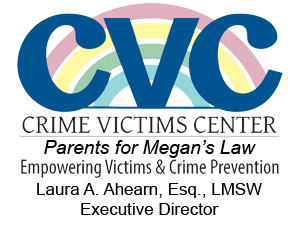SUFFOLK POLICE NOT ENFORCING MEGAN’S LAW
NASW
New York's version of Megan's Law mandates community notification and public accessibility to asub-directory which lists the most violent of sexual predators. The Sexual Offender RegistrationAct became a law in New York on January 21, 1996, with the legislative intent of reducing the riskof children like Megan Kanka being attacked by known sexual offenders. The Suffolk County PoliceSex Crimes Unit in Yaphank houses the Sexual Offender Registry sub-directory for Suffolk County,which until recently, provided the community with detailed information about violent sexualpredators. In May, the Suffolk County Police Legal Bureau decided to withhold the identity of alloffenders from the public and halt community notifications. In keeping with state and federalrequirements, counties throughout New York State continue community notifications and make thesub-directory available to the public.
According to the Suffolk County Police Legal Bureau, their decision was based upon recentrulings in the case of Doe v. Pataki. However, according to the NYS Division of Criminal JusticeServices and the NYS Attorney General's Office, there is currently no litigation which preventsmaking information about offenders who committed, and were convicted of sexual crimes after January21, 1996, available to the community. When asked to clarify the legal bureau's decision, theSuffolk County Attorney's Office had no comment. Assemblyman Steve Englebright, a major sponsor ofNY's Megan's Law said that, without public access to the sex offender's registry, the mainlegislative intent of Megan's Law is subverted. He believes this to be a flawed decisionapparently made by, anonymous lawyers, superimposed upon the top policy makers who overseeSuffolk's finest. He stated that, Megan's Law is designed to assist our police in their dedicatedand ongoing effort to protect our communities from sexual deviants who prey upon our children. Weshould let them do their job.
Prior to the legal bureau's decision, Suffolk Police were actively enforcing the law. Thesub-directory was open to the public and they were even knocking on neighbor's doors where violentsexual offenders had moved in. They were also notifying vulnerable populations, such as schools andday care centers, if an offender was living in the area. These previous pro-community actionsmust not be over-looked but the legal bureau's current policy of withholding information is adrastic measure, unsubstantiated by case law and ultimately negates the main purpose of Megan'sLaw, which is to inform the public.

Comments are closed.